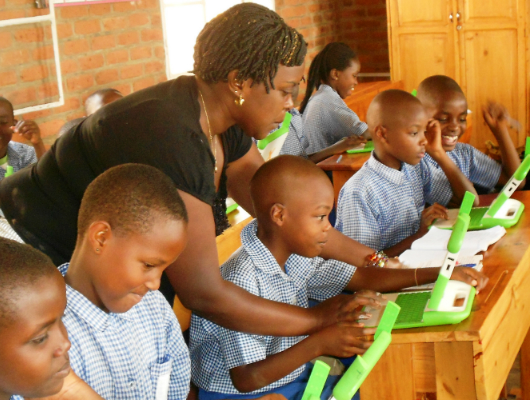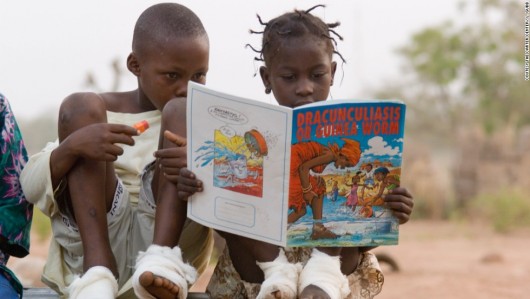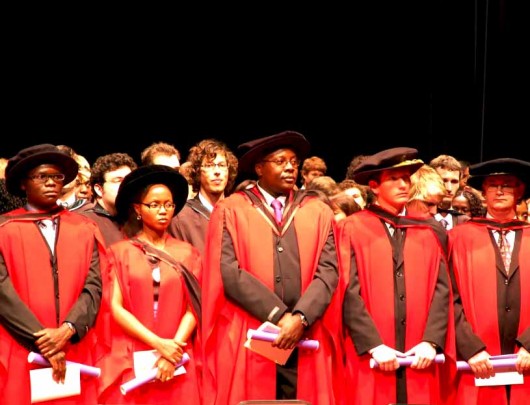 The Khmer Rouge genocide is a historic atrocity that devastated the people of Cambodia from 1975-1979. The country is still struggling to rehabilitate its debilitated economy and depleted resources.
The Khmer Rouge genocide is a historic atrocity that devastated the people of Cambodia from 1975-1979. The country is still struggling to rehabilitate its debilitated economy and depleted resources.
After the genocide, families’ structures were left fragmented and splintered. The disruption of the family unit left little hope or vision of the future. Many families in Cambodia chose to have their children earn income to help sustain the family as opposed to attending school.
These children are at high risk of exploitation. The Children for Change in Cambodia organization is dedicated to helping children who have been exploited, are being exploited or who are at a high risk for being exploited. It has created programs, as well as classes and services designed to encourage success for this demographic.
The Children for Change is a nonprofit organization in Phnom Penh that serves to heal historical wounds through the use of education and exposure to opportunities.
The school sits on the outskirts of Phnom Penh in one of the red light districts. It is a small and community-based organization that strives to help children in the most vulnerable areas.
The school offers various programs unique to the area. Program Design, Academic Bridge to Success, Vocational training and Program Assessment are examples of programs specially designed to enhance the academic experience for students.
The Children for Change in Cambodia also conducts social action projects. These assist students in giving back to their communities. The purpose is to emphasize the importance of community, to instill pride in their communities and to learn from community leaders and other role models.
In Cambodia, primary schools have the most students, followed by the lower secondary and upper secondary schools. Private and traditional schools segregate by age. This serves as a further deterrent for older kids to start school when they are not considered the proper age.
The Children for Change, Cambodia welcomes students of all ages and all levels. All of the classes have multiple ages. The ages of the students range from five to 16 years of age. Classes are based upon the level of education of the students.
In addition, the organization has emergency services for their students in need. For example, they give temporary housing to students when it is no longer safe to go home or to those who are experiencing homelessness.
Those that need emergency housing are not uprooted from school or familiar surroundings. This is important because many of the students have had transient lifestyles. The organization is sensitive to the unique needs of the population it serves.
The Children for Change, Cambodia provides educational services and social support to young students that are at high risk of trafficking. Quality education and skill-building techniques increase the likelihood of excelling in society.
– Erika Wright
Sources: Cultural Quest, The Children for Change, Cambodia, Time
Photo: Flickr

 Private schools costing as little as $1 per week are beginning to take off in the developing world.
Private schools costing as little as $1 per week are beginning to take off in the developing world. Michelle Obama recently spoke on the importance of education for girls in developing countries at the 2015 World Innovation Summit for Education in Qatar.
Michelle Obama recently spoke on the importance of education for girls in developing countries at the 2015 World Innovation Summit for Education in Qatar.
 Back in 1999, Nigerian farmer Abdullahi Rabiu faced an agonizing reality. An estimated 84 worms, narrow in form and each of them two to three feet in length, had painfully ruptured through his skin. And there was nothing he could do to stop it.
Back in 1999, Nigerian farmer Abdullahi Rabiu faced an agonizing reality. An estimated 84 worms, narrow in form and each of them two to three feet in length, had painfully ruptured through his skin. And there was nothing he could do to stop it.



